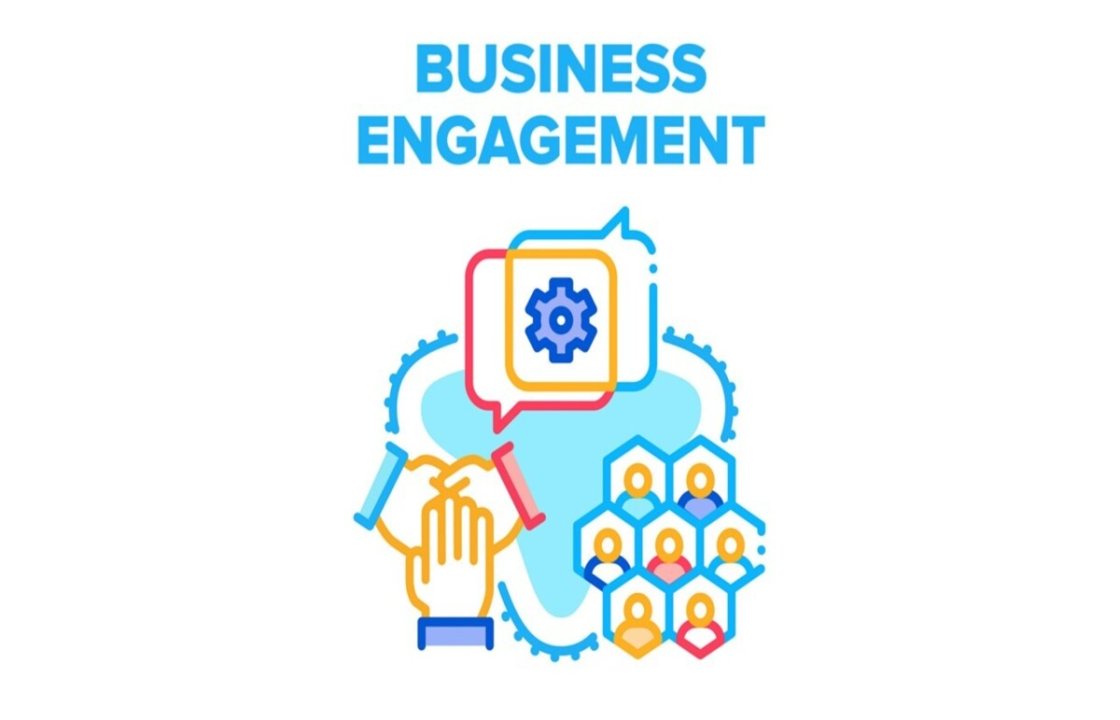The rise of digital media and social platforms has forever changed the way fans, players, and clubs interact with the game in the United States.
The Digital Age Meets American Soccer
The landscape of American soccer has experienced explosive growth in recent years, but what truly accelerated its momentum is the digital boom. Platforms like Instagram, TikTok, YouTube, and X (formerly Twitter) have become the new stadiums where fans gather, cheer, and debate. Unlike traditional sports coverage that relied heavily on television or print, social media brings instant access, real-time updates, and a sense of community that transcends physical boundaries.
This has been a game-changer in a country where soccer long struggled to compete with sports like football, basketball, and baseball. Through memes, highlight reels, behind-the-scenes content, and viral moments, the sport is now woven into the digital culture of millions of Americans.
From Local Games to Global Screens
One of the most important aspects of the digital revolution is the way it has made American soccer global. A young player in Dallas can post a skill move on TikTok and, within hours, that video could be seen by fans in Brazil, Spain, or Japan. Similarly, MLS clubs have expanded their reach far beyond local supporters, building worldwide followings through engaging digital strategies.
Clubs like LAFC and Inter Miami have mastered the art of turning every game moment into a shareable clip. The arrival of Lionel Messi in the United States amplified this trend to an unprecedented level. Each goal, training session, or interaction with fans is instantly broadcast worldwide, giving American soccer a visibility it has never enjoyed before.

The Rise of Player Influence
In the past, fans connected with soccer players mostly through televised interviews or printed magazines. Today, players themselves are their own media channels. Through Instagram stories, TikTok dances, or YouTube vlogs, athletes show a more human side of their careers, which builds authentic connections with fans.
This shift has given rise to a new type of soccer celebrity in the U.S. While star players from abroad still attract global attention, American-born athletes are now cultivating personal brands through digital engagement. Their voices are stronger, their influence is wider, and their stories inspire a younger generation that lives primarily online.
Fan Culture in the Digital Arena
The American soccer fan base has always been passionate, but digital platforms have taken their involvement to the next level. Supporters create memes, podcasts, vlogs, and reaction videos that spread faster than traditional news outlets can publish. A chant sung in a stadium one night can become a viral audio clip the next morning.
Digital spaces have also allowed niche groups of fans to find one another and form communities. For example, women’s soccer supporters have used Twitter and Instagram to create powerful online movements that demand equal pay, celebrate achievements, and push for greater recognition. The result is that American soccer is no longer just consumed—it is co-created by its audience.
Breaking Down Barriers of Accessibility
Another key effect of the digital boom is the way it has democratized access to soccer. Watching highlights on YouTube, analyzing tactics on Twitter threads, or joining TikTok challenges requires no expensive subscription or cable package. This accessibility has introduced the game to millions who may not have otherwise paid attention to it.
For young aspiring players, social media also serves as a showcase platform. Posting highlight reels or training clips gives them exposure to coaches, scouts, and academies that may never have seen them play otherwise. The traditional barriers of geography and financial resources are being challenged by the accessibility of digital storytelling.
The Business of Engagement
With every like, comment, and share, American soccer generates economic value. Brands, sponsors, and clubs understand that the key to connecting with fans is through digital engagement. Collaborations with influencers, player endorsements, and interactive campaigns are now central to marketing strategies.

The MLS, NWSL, and youth academies alike use these platforms not just to promote games, but to build long-term relationships with their supporters. The data gathered from clicks and views helps shape future decisions, from jersey designs to ticket promotions. In this sense, the digital boom has become both a cultural and financial engine for the sport.
Challenges in the Digital Space
Of course, this transformation is not without its challenges. The spread of misinformation, toxic online behavior, and the pressure on young players to maintain a digital presence can create negative effects. There is also the danger of prioritizing entertainment value over the essence of the sport itself.
However, the overall balance shows that the benefits of digital growth far outweigh the drawbacks. It provides an unprecedented opportunity for American soccer to continue bridging the gap with traditional sports and to firmly establish itself as part of the cultural mainstream.
The Future of Soccer in the Digital World
Looking ahead, the relationship between technology, social media, and soccer will only deepen. We can expect innovations like augmented reality highlights, virtual fan experiences, and AI-driven personalized content to become standard. As younger generations consume the sport mainly through mobile devices, the role of digital storytelling will be more crucial than ever.
This means that the future of American soccer is not only played on the pitch but also shaped on screens around the world.
Linking It Back to SIA Academy
At SIA Academy, we see these transformations not as distant trends but as practical tools to enhance the journey of our players. Just as social media gives athletes in the U.S. global visibility, we train our students to understand how to build their personal brand, showcase their skills, and communicate their stories online. Beyond performance on the field, we emphasize the importance of engaging with the modern digital landscape responsibly and effectively. By integrating soccer with digital innovation, we prepare our players not just to compete, but to thrive in a world where the game extends far beyond ninety minutes.






